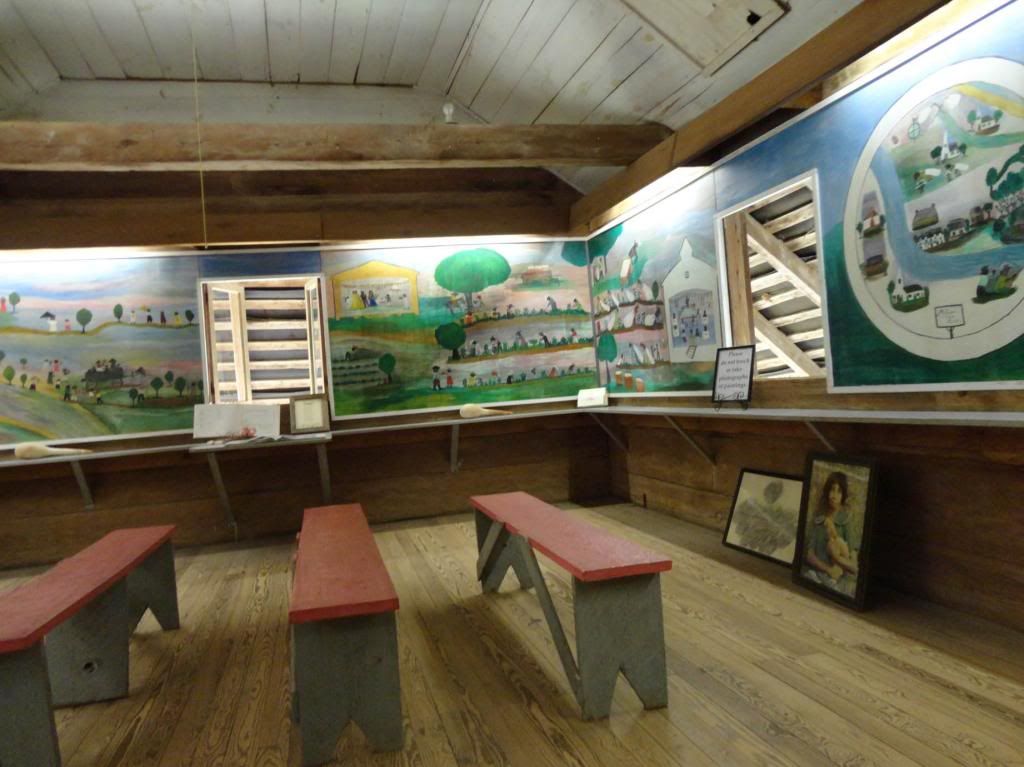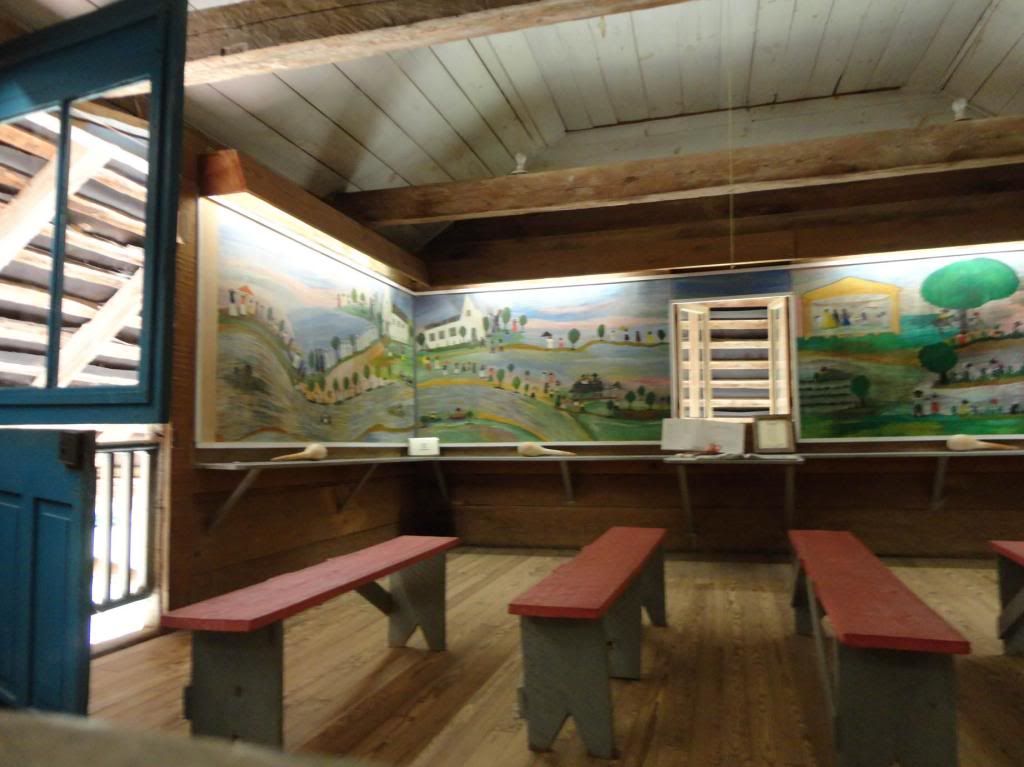This is classic Cajun/Creole Folk architecture, and by no means is this just "the farm method," it would not have lasted 200 years if that was the case. Those log walls and hipped roof are the skill of a master barn wright. They didn't guess at much of anything. They had very clear empirical knowledge and centuries of oral timber wrighting tradition behind them.
Forgive me for underestimating the design. My knowledge of historical timber construction is limited, obviously.
There just aren't many of us left around that know, and understanding these building styles, nor methodologies. Plenty are starting to learn again, but there is about a generations worth of maturing before many of them could come to a job like that, recognize what they are looking at, it's archetype forms, and restore it traditionally.
That is why I am here asking for help from experts such as you so that I can make educated decisions on how to go about this project.

If this is an historical landmark and used for historical interpretive work, it would not necessarily be true. It may, in its current condition, need to be cordoned off from direct public access, but there are local and national grants for historical sites that have clear mandates on mode and methodology for restoration. As I had mentioned before, each area is different. They may have to apply for a variance, and/or special consideration.
The second floor has a series of murals and assorted artifacts that appear to be used for teaching so I don't see them cordoning it. It is my understanding that they only want to repair/restore the roof as close to original as possible and continue to use it as part of the interactive tour. That is why I am assuming that the structure will need to meet current codes.


I do have some question about the hipped roof, does in have a flat section on top? I would love some pictures from that perspective and the inside of the frame as well, if that were manageable.
No, it has a ridge that hip out at both ends.

Here is a picture of the framing from the under side of the ridge.

Do you know if the building has ever been photo documented and architectural renditions done? This would be a great TTRAG project.
That I have no idea.
Are you a timber frame PE firm or historical restoration firm?
We do design timber structures, but we are not predominantly a timber frame firm nor are we a historical restoration firm. This is actually my first attempt at preservation or restoration of a historical structure which is why I have so many questions.
If this building is going to be altered, are there plans to have an historical report completed before the structure original designs are changed.
To my knowledge there has been no discussion of a formal historical report being done.
This introspective pause by folks like you have saved many structures like this from being unduly harmed and changed forever, thus loosing one more piece of the puzzle, never to be found.
Exactly. My intentions are to preserve the look and history of the structure by modifying it as little as possible.
Right now the main issue with the structure seems to be at the overhang corners. From a structural standpoint, what appears to be happening is that over the years the rafters have gradually settled or scissored out most likely due to heavy wind loads, general fatigue, and possibly the fact that the rafters are connected at the ridge with a wooden pin (seen in the attic pic above) which basically creates a hinge. This settling has led to the rafters being pulled away from their bearing points on the wall and the overhang perimeter beams being pulled away from each other at the hips and away from the supporting struts as shown in the pic below.

What would be ideal is to have a timber frame PE who is familiar with historical structures take a look at the building and sit down to discuss a game plan to restore it the right way. I am hoping it will not come down to a time constraint issue that leads to things being done only half way just so it will be done.